When it comes to IELTS graphs, you often worry that you won’t make it to 150 words. But, what about when there are too many details and you don’t know what to leave out? This is also one of the big problems because if you don’t choose wisely, you will end up describing everything and you might not have enough time for task 2 (which is more important). But if you leave out too many details, you won’t make it to “Task Achievement”. Just thinking about it is already too tiring.

But, maybe I can help! Get a graph that has a lot of details and start asking these questions.
What are the starting and ending points?

In a line chart, the starting and ending points are among the most important features that you need to mention, and can never leave out. If you forget about it, you lose the game! So, do make sure you always include these critical details in your outline and, of course, the conventional way is to start with the starting point and end it with the ending point.
What are the most striking details on the graphs?

In order to become “striking”, detail has to “stand out”. It means you need to be able to see it immediately when you look at the graph, such as the highest and lowest points, the most incredible increase/decrease periods, and the biggest gaps between different categories. In general, striking details are those that come with the “-est” and the “most” (superlatives I mean).
Are there any “conjunctions”?

If you are dealing with a trend chart (line chart, in particular), do you see any “spots” where the lines meet? Those “spots” are worth describing. At those spots, something changes strikingly (striking, again), surpassing another or letting another surpass it. That is where the “traffic” gets worse, in real life, and you, as a reporter, need to bring it to the attention of the audience. (I love this metaphor so much)
Can you group some elements and categories together?

If you find some elements/categories sharing the same or similar figures, or trends, you can group them into one big team and point out the average numbers. There is no need to talk about all the details in this case because…what for? This can help you leave out the un-striking details that you don’t need to emphasize and save time.
These are some “tips” to help you organize your report logically and sensibly. But, make sure you get the right IELTS graphs from reliable sources. The unreliable sources sometimes give very confusing and difficult-to-understand tasks and that might put you off and destroy your effort to master your report writing skills (I’ve been through this and have checked so many people’s writings, so, I can tell confidently if the tasks are from a good source or not).
Check out which Practice9’s services fit you and your needs the most here.
Feel free to contact us for better guidance on your IELTS journey.
Don’t waste your time on IELTS! You can get it this time.
Have fun learning!


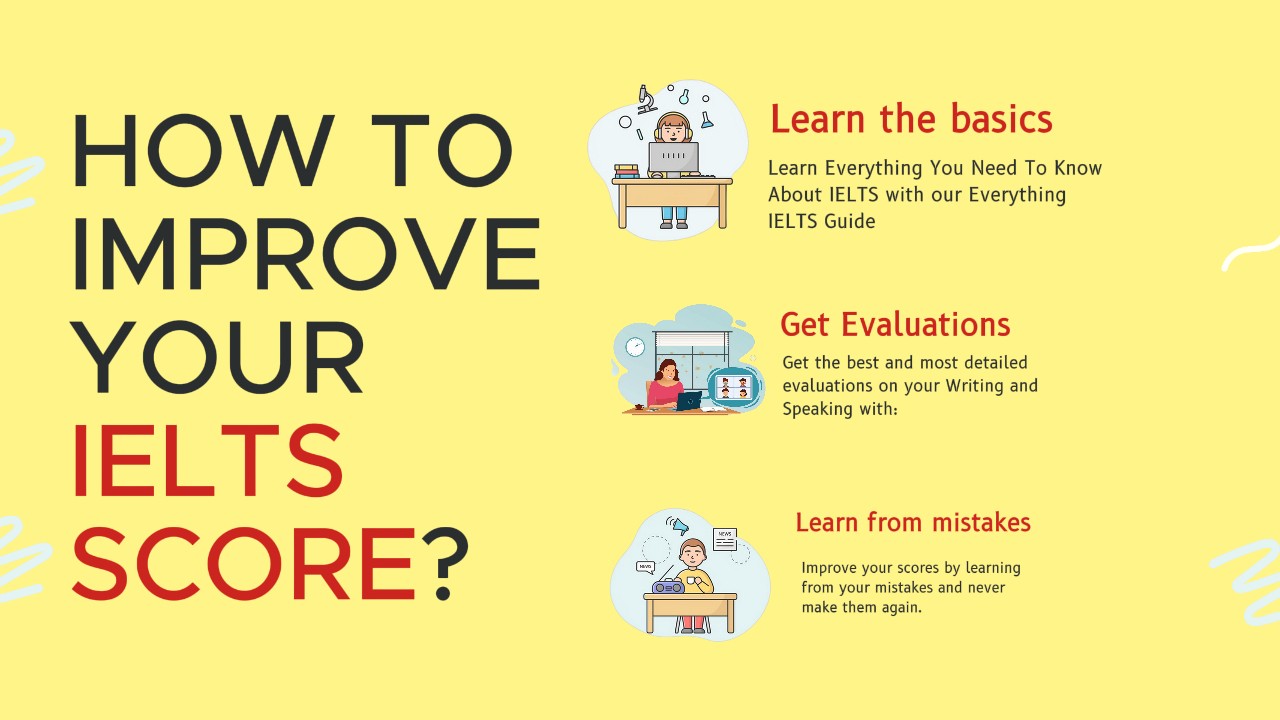
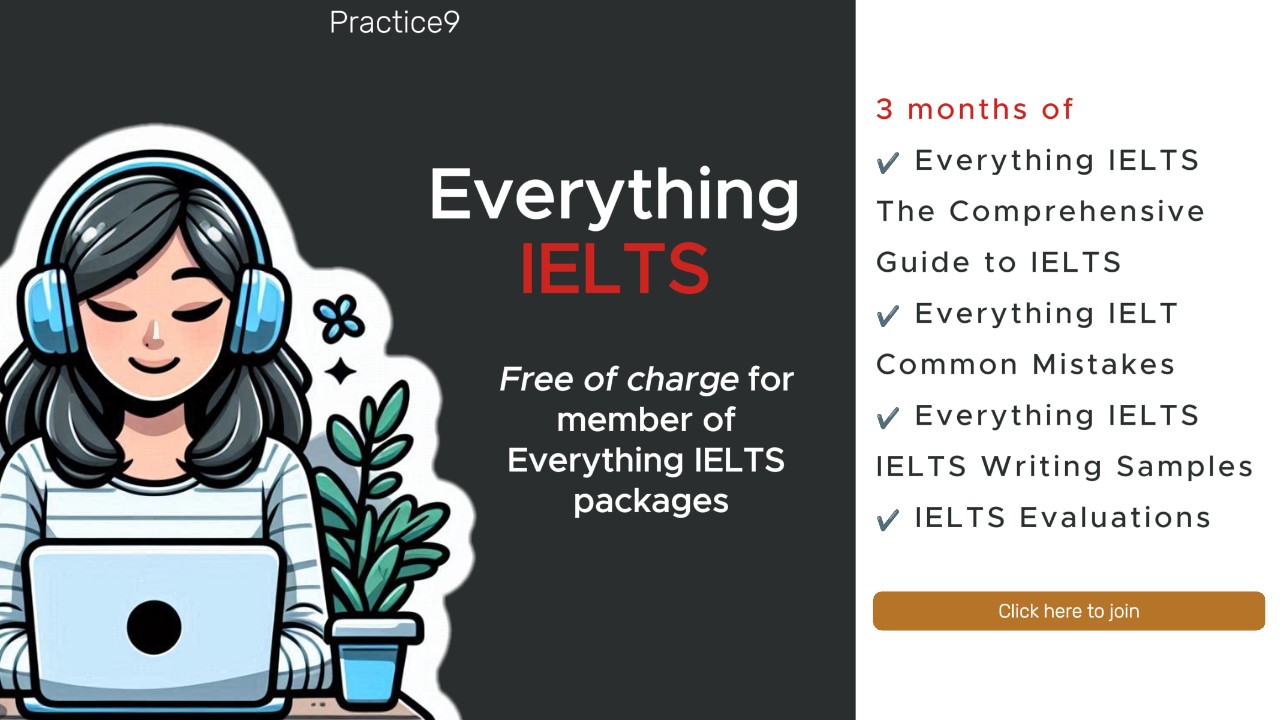
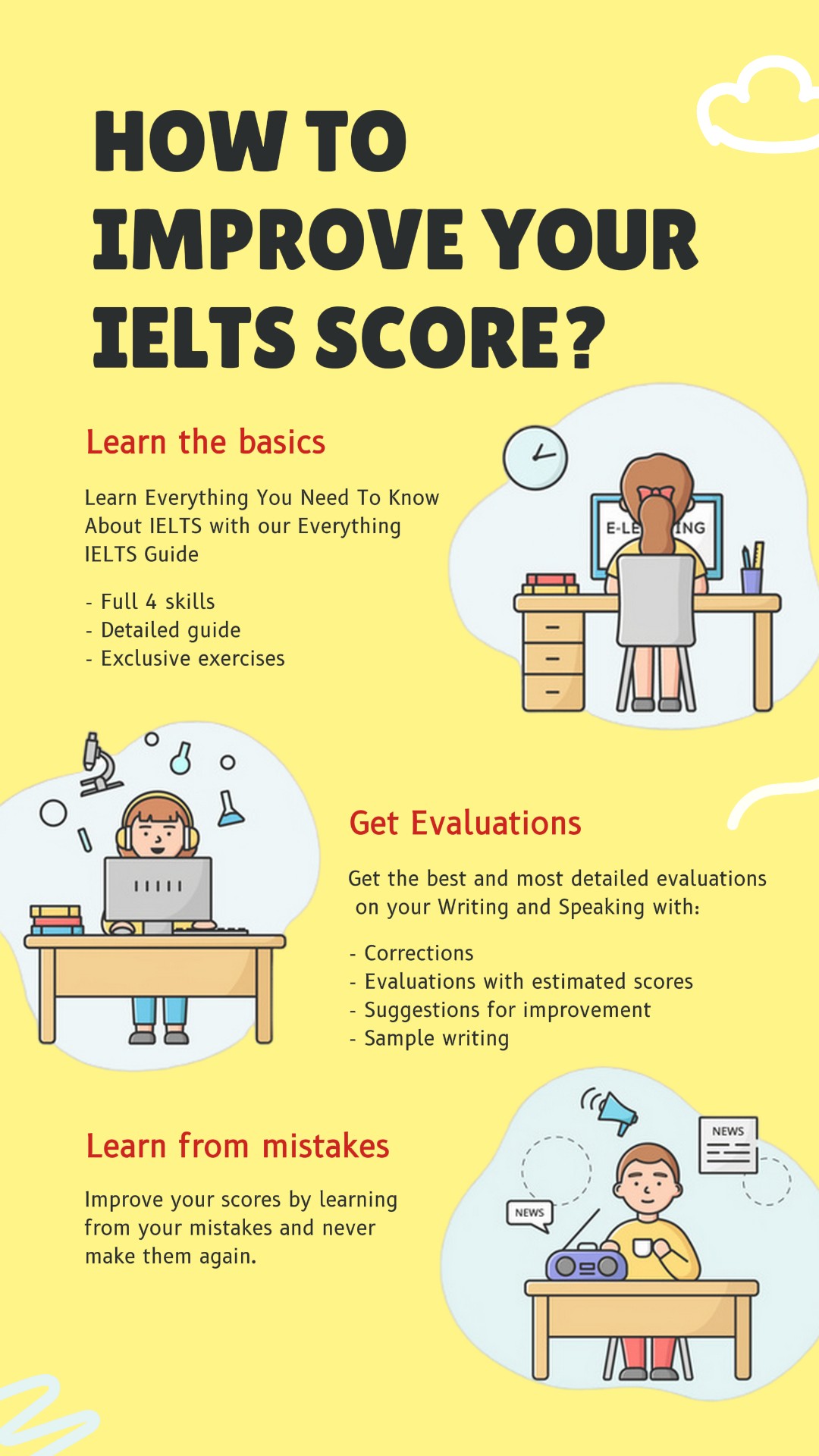
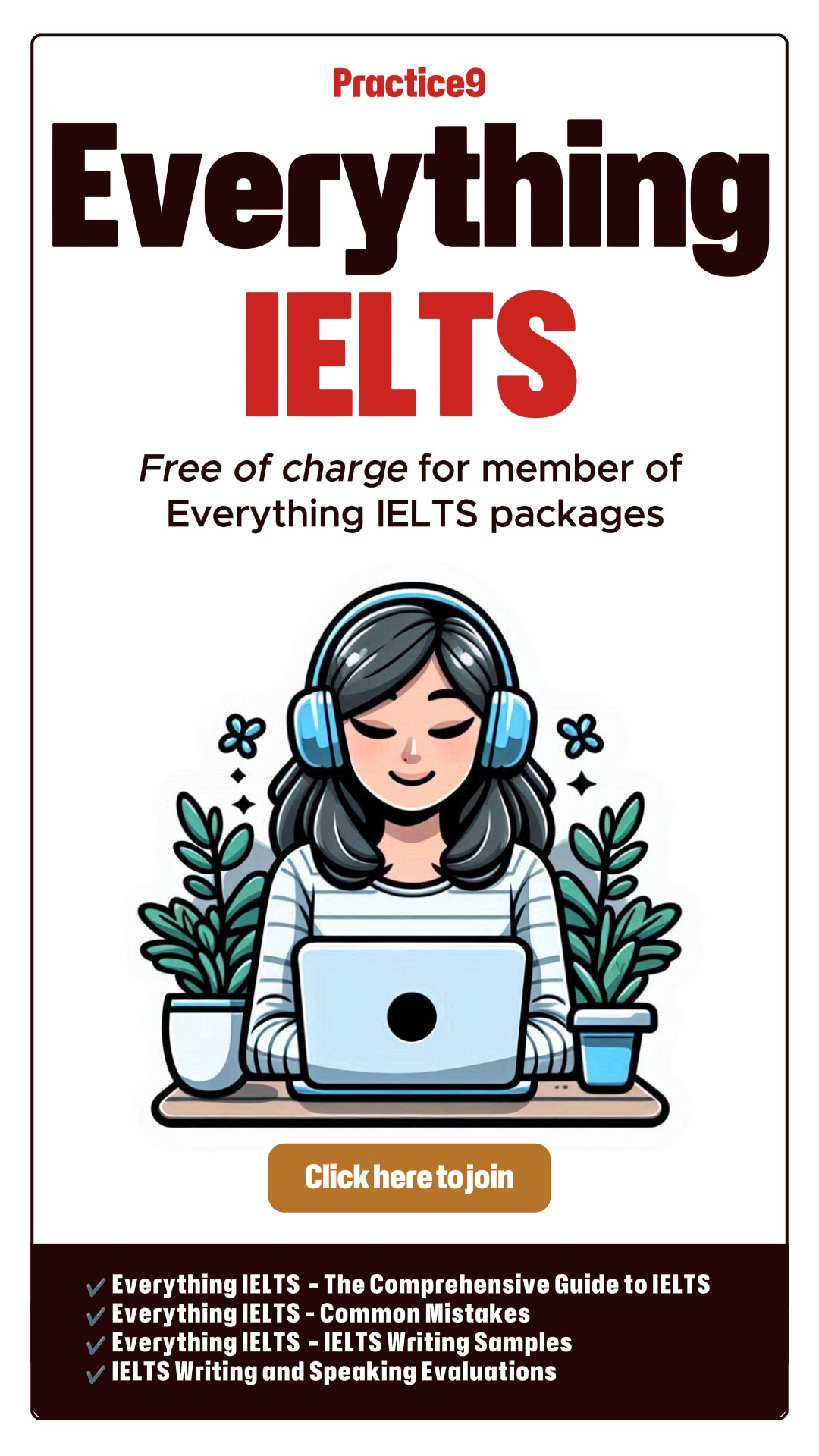

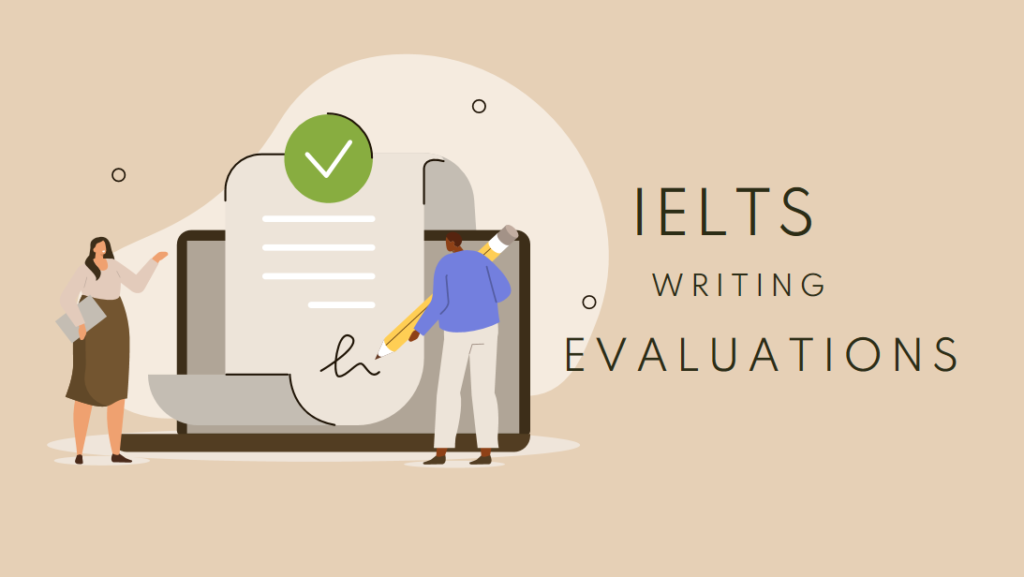
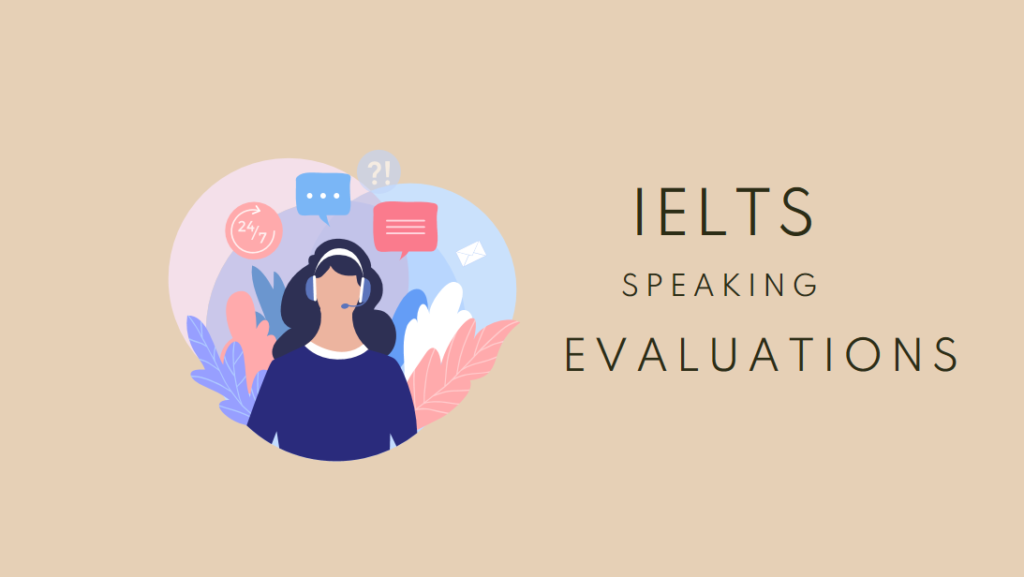





Responses